A new facility in Lancaster, California provides a solution two of the world's greatest problems: climate change caused by greenhouse gasses and plastic pollution.
Lancaster, a city located about 70 miles north of downtown Los Angeles, has teamed up with SGH2 Energy Global to build a green hydrogen plant that's three times larger than any in the world. The facility will take plastic and recycled paper and transform it into hydrogen.
The hydrogen can be used to fuel clean vehicles and also be used as electricity.
The company is currently in negotiations with "California's largest owners and operators of hydrogen refueling stations" to provide hydrogen power to all of the state's 42 hydrogen refueling stations. The goal is to then raise that number to 100 and, eventually, to 1,000 stations.
"The beauty here, is that Lancaster will be using this for transportation but it could also be used to generate electricity," Robert Do, chief executive of SGH2, told Forbes. "It can be stored and then used for multiple purposes. This will be the first large-scale green hydrogen plant in the world."
"We have positioned ourselves to be the alternative energy capital of the world," Lancaster Mayor Republican R. Rex Parris, said in a stament. "This is game-changing technology. It not only solves our air quality and climate challenges by producing pollution-free hydrogen. It also solves our plastics and waste problems by turning them into green hydrogen…"
The process of transforming trash into electricity seemed amazing, but far-fetched back in 1989 when "Back to the Future II" hit the theaters. In the film, Dr. Emmett Brown is able to forego powering his time machine with plutonium after the invention of a Mr. Fusion, a device that converts trash into nuclear power.
However, the process isn't as simple as it looks in the movie.
The green electricity is created when oxygen-rich gas is fed into a chamber containing a plasma torch that heats the trash to 7,000° F. The rapid change of state from trash to plasma separates the hydrogen atoms from hydrocarbon molecules which are then used for energy.
"Our process extracts all carbon from the waste … removes all particulates and acid gases, and produces no toxins or pollution. The end result is high purity hydrogen and a small amount of biogenic carbon dioxide, which is not additive to greenhouse gas emissions," the SGH2 website reads.
When the plant becomes fully operational in 2021, it will produce 3.8 million kilograms of green hydrogen per year. The average hydrogen vehicle can go 500 miles on 5 kilograms of the fuel. The average price of hydrogenfuel is $15 a kilogram which is competitive with traditional gasoline.
The pant will also process 42,000 tons of solid waste per year that would have wound up in a landfill.














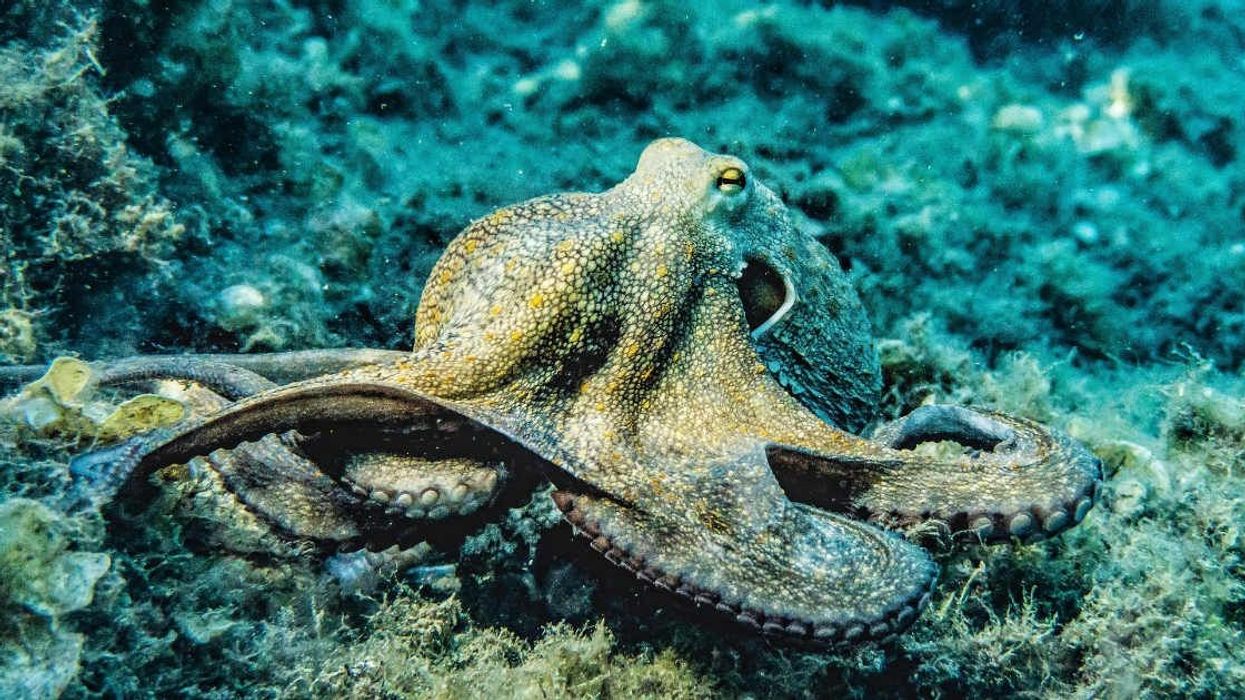
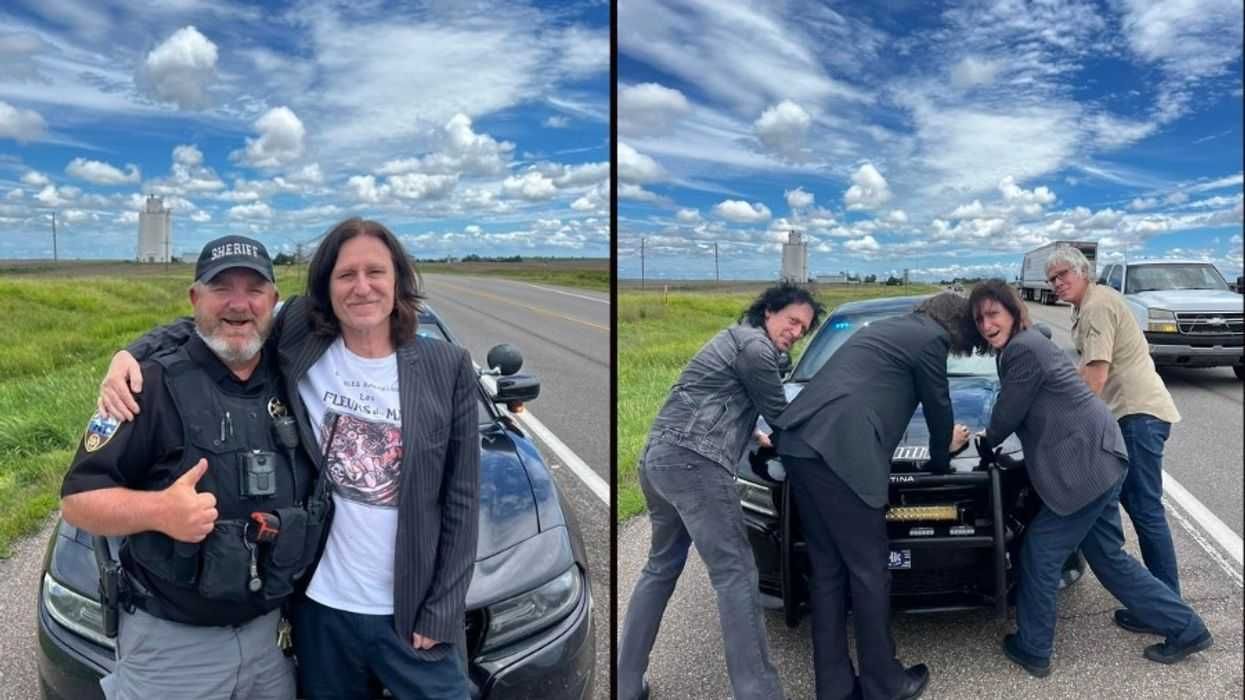
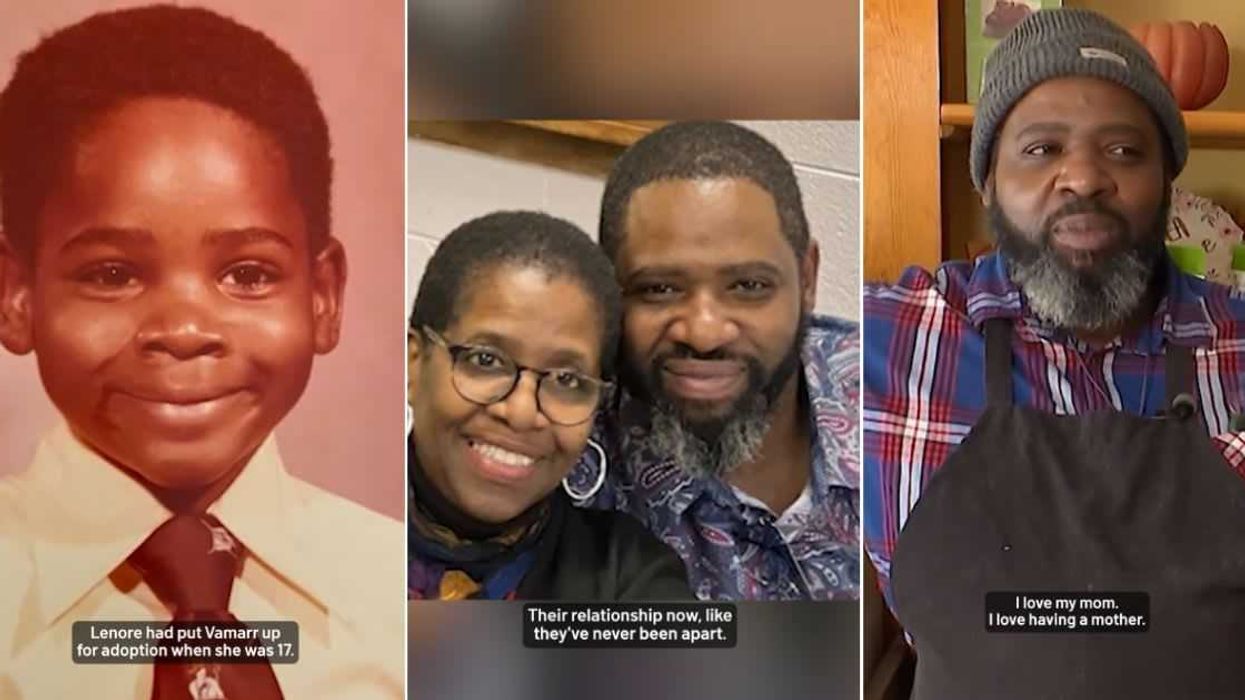
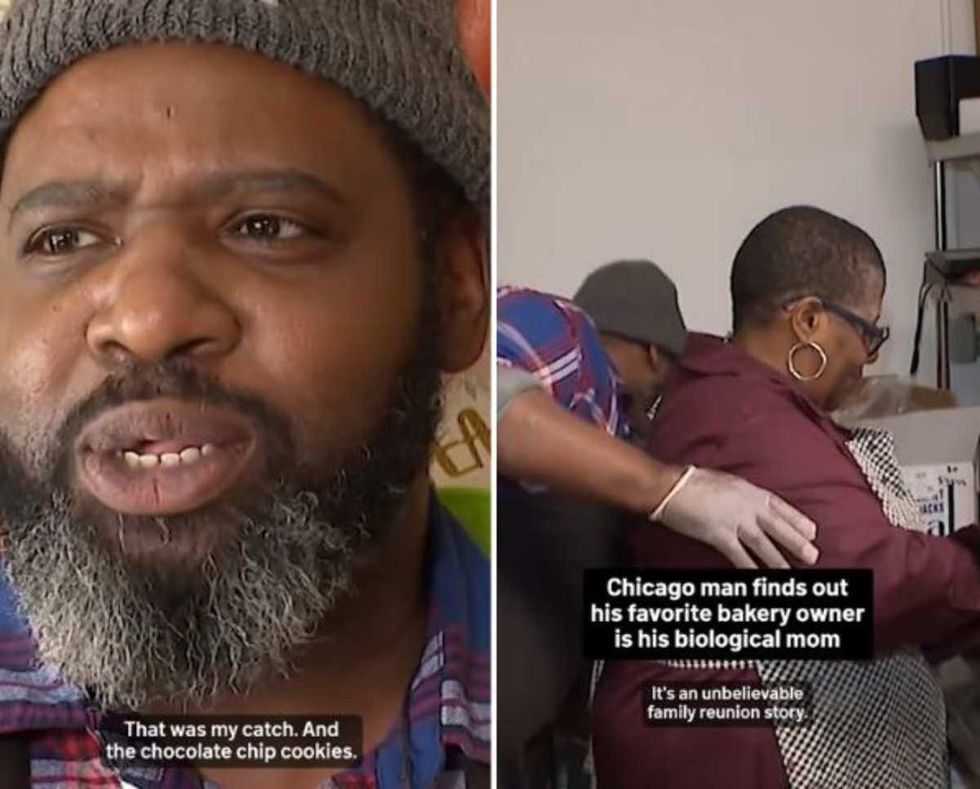 Screenshots of the man talking to the camera and with his momTikTok |
Screenshots of the man talking to the camera and with his momTikTok | 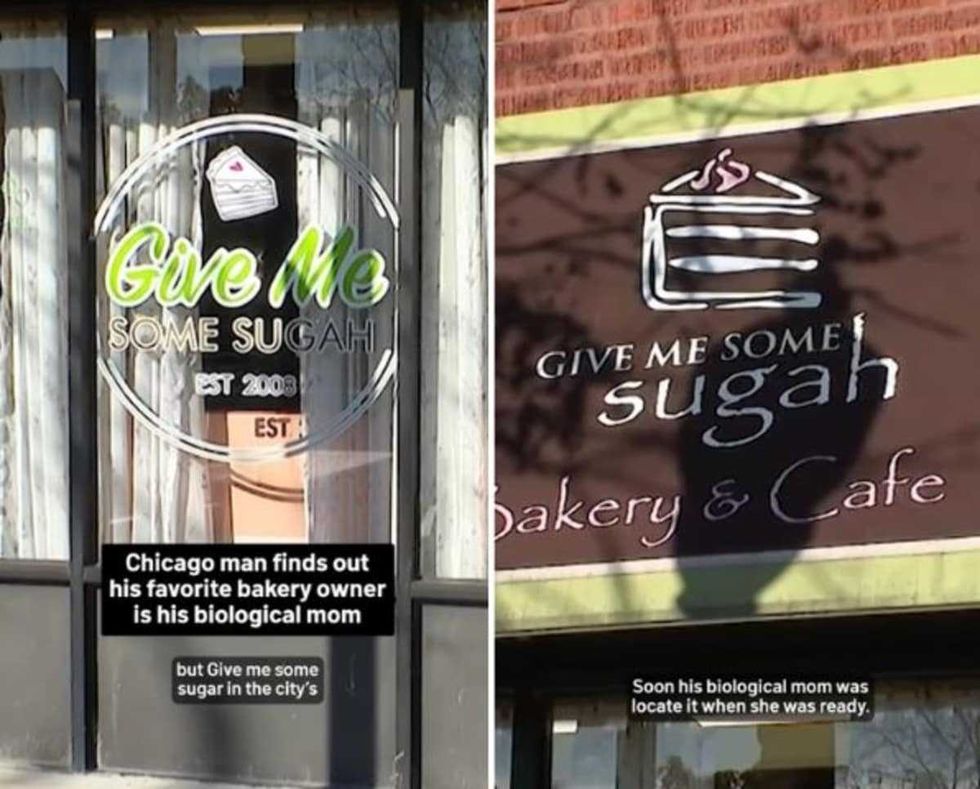 Screenshots of the bakery Image Source: TikTok |
Screenshots of the bakery Image Source: TikTok | 
 A woman hands out food to a homeless personCanva
A woman hands out food to a homeless personCanva A female artist in her studioCanva
A female artist in her studioCanva A woman smiling in front of her computerCanva
A woman smiling in front of her computerCanva  A woman holds a cup of coffee while looking outside her windowCanva
A woman holds a cup of coffee while looking outside her windowCanva  A woman flexes her bicepCanva
A woman flexes her bicepCanva  A woman cooking in her kitchenCanva
A woman cooking in her kitchenCanva  Two women console each otherCanva
Two women console each otherCanva  Two women talking to each otherCanva
Two women talking to each otherCanva  Two people having a lively conversationCanva
Two people having a lively conversationCanva  Two women embrace in a hugCanva
Two women embrace in a hugCanva 
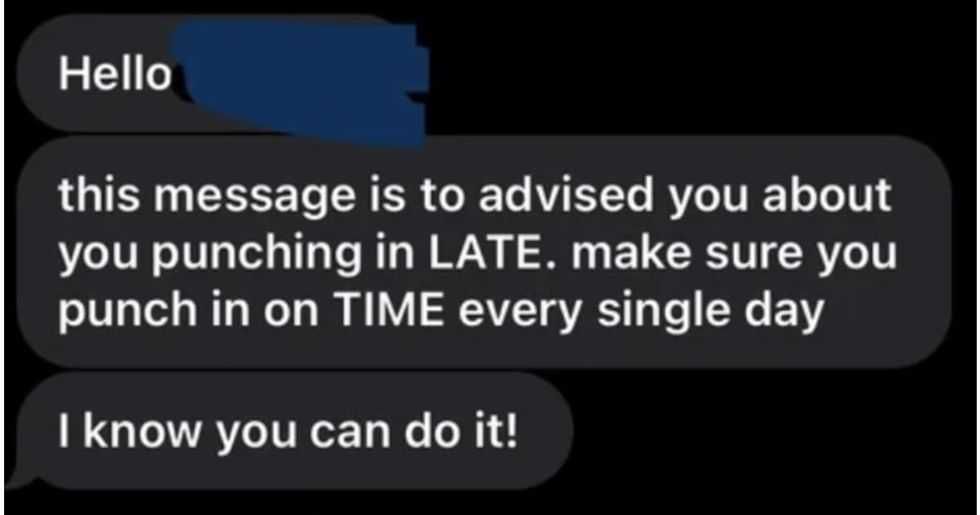 A reddit commentReddit |
A reddit commentReddit | 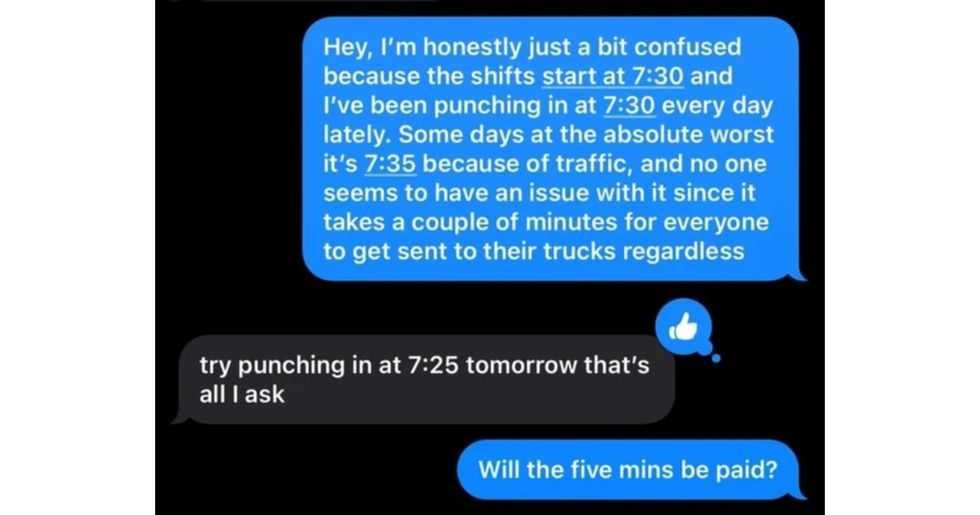 A Reddit commentReddit |
A Reddit commentReddit | 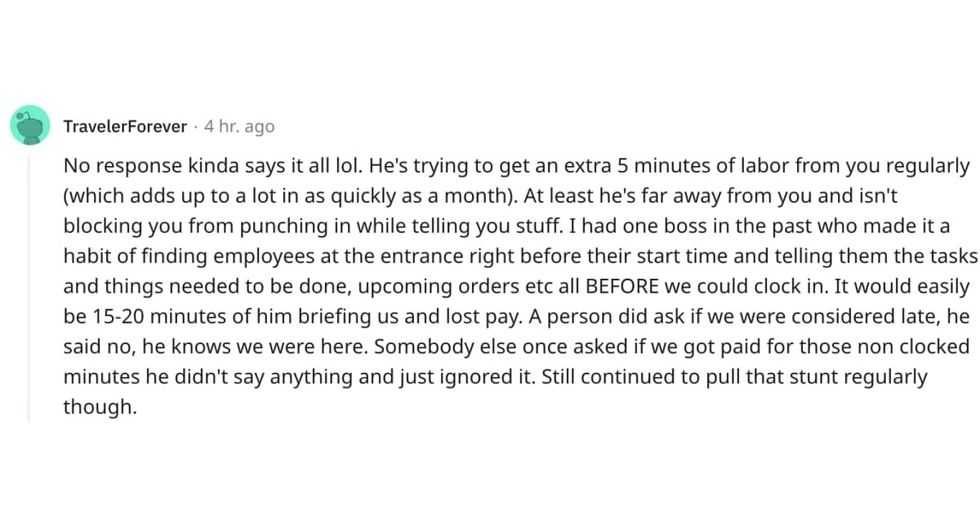 A Reddit commentReddit |
A Reddit commentReddit |  Stressed-out employee stares at their computerCanva
Stressed-out employee stares at their computerCanva
 Who knows what adventures the bottle had before being discovered.
Who knows what adventures the bottle had before being discovered. 
 Gif of young girl looking at someone suspiciously via
Gif of young girl looking at someone suspiciously via 

 A bartender makes a drinkCanva
A bartender makes a drinkCanva